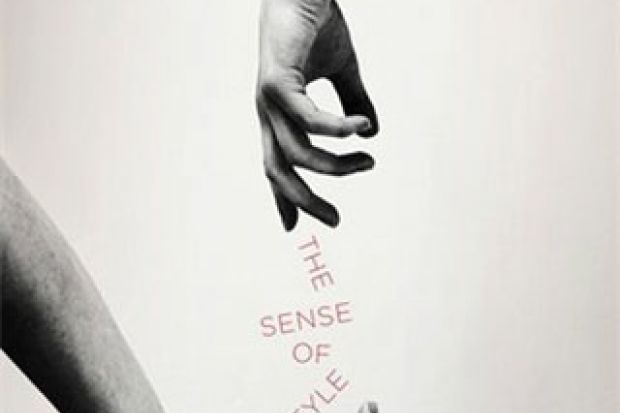Steven Pinker says that he loves reading style manuals, and I had high hopes for his. A linguist and cognitive scientist who is known for his accessible writing, Pinker is also the chair of the Usage Panel of the American Heritage Dictionary, a role that he evidently relishes. Prescription ever-so-lite is his mode. He wants us to know how different he is from the characters he mocks for their “graybeard sensibilities” – those who hold that language is “the” language, established with rules and meanings for all time. But he also has plenty of specific directions for how to get on with writing that language effectively and attractively.
That’s all fine by me – I’m an anti-prescriptive prescriber too when it comes to correcting my own or my students’ prose. So why did I find it so hard to get through this book?
Part of the problem was figuring out who it was meant to be for. The book’s subtitle refers to one of those characters rarely sighted outside such contexts, but it sometimes feels as if the Pinker thinker addressed in these pages is someone learning English as a second language, or perhaps a relatively bright Year 6 child, happy to take a mix of real technical terms and jolly stories: “Pronouns such as he, she, they, and it do more than save keystrokes. They tell the reader, ‘You’ve already met this guy; no need to stop and think about a new kid in town.’ ”
At the beginning there is much talk of “graceful” writing and “classic” style. Long commentaries follow long quotations from writers whom Pinker admires (including one “to whom I am married”). These passages are offered as taster experiences of “savoring good prose”, something the would-be good writer is encouraged to do.
The bulk of the book is given to lengthy expositions of how to do sentences, drawing on various kinds of terminology from grammar and linguistics. It can be confusing. Pinker will give you a barrage of made-up examples of badly formed sentences, and then, as it were, put them right. Or else an invented sentence that is first paraded as maybe wrong, one that the “style mavens” would not like, is after all not wrong because “great writers in English” have been sticking their adverbs in this forbidden position “for centuries”. A mild and distracting irritation surfaces each time you can’t stop yourself from coming up with more realistic or more convincing examples, whether to make the same point or to argue against it. And feeble resignation sets in when you are presented with yet another nudge-nudge joke or hilarious real-life linguistic blunder.
Pinker is much more interested in grammar and syntax than in semantic change. When it comes to talking about new words and meanings, he just offers – for fun, more or less – the list of first-time entries in a recent edition of the dictionary he is involved with. Disappointed, I went back to a long-ago book that Pinker mentions, Sir Ernest Gowers’ Plain Words.
Here is Gowers, in 1954, on the subject of new American words (in British English): “Nor do I see why anyone should turn up his nose at teenager, for it fills a gap usefully. We have no word that covers both sexes in what it is fashionable to call ‘that age-bracket’, except adolescents, which vaguely suggests what I believe the psychologists call ‘imbalance’, juveniles, which has been tainted by association with delinquency, and young persons, which, though adopted by the law, retains a flavour of primness.”
In just a couple of sentences Gowers calls up a whole complex contemporary picture, in which the invention of a new generation is inseparable from a cultural debate about how to name it. In the teenager case, thinking about words is far more than a matter of fussing and anti-fussing about the validity of this or that form (although Gowers, like Pinker, has pragmatic advice for clear writing). Instead, the contestation of words and their uses is itself vitally part of the changing social world.
Beyond all the pedagogical paraphernalia, Pinker – I think – thinks that too: he is concerned, for instance, to do the right gender thing with his pronouns. But Plain Words involves you in an ongoing discussion about the implications of particular linguistic choices; The Sense of Style, for the most part, just gives you more guidelines.
The Sense of Style: The Thinking Person’s Guide to Writing in the 21st Century
By Steven Pinker
Allen Lane, 368pp, £20.00 and £10.00
ISBN 9781846145506 and 5513 (e-book)
Published 4 September 2014
Register to continue
Why register?
- Registration is free and only takes a moment
- Once registered, you can read 3 articles a month
- Sign up for our newsletter
Subscribe
Or subscribe for unlimited access to:
- Unlimited access to news, views, insights & reviews
- Digital editions
- Digital access to THE’s university and college rankings analysis
Already registered or a current subscriber? Login





